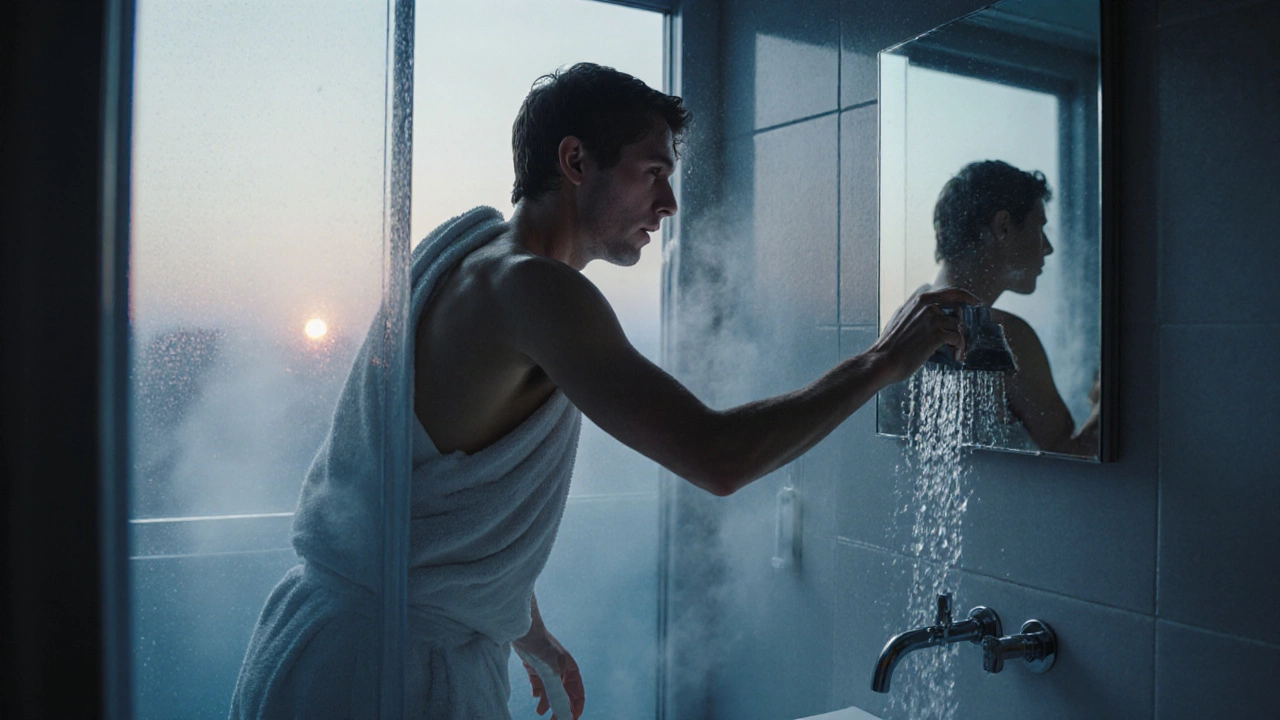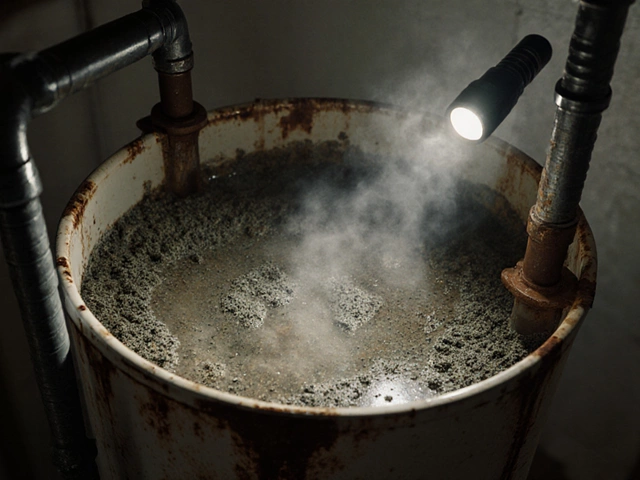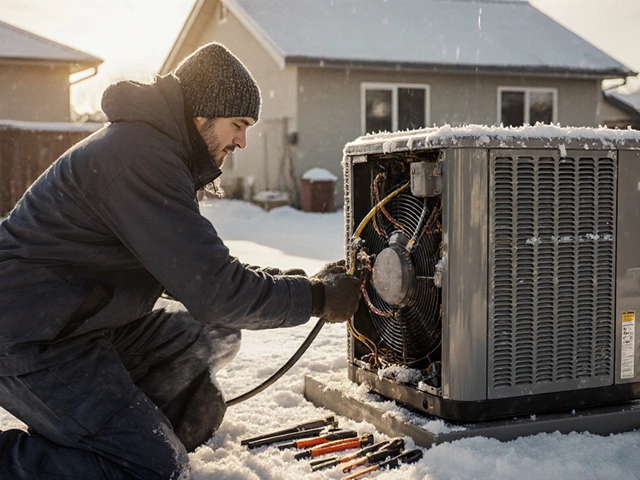You turn on the shower, ready for a nice hot rinse, and bam—icy water pelts you with zero hint of warmth. You run the taps in the kitchen and bathroom sink. Both gush perfect hot water. The shower? Just cold. If this sounds familiar, you’re not alone. In homes across the UK, this is one of the most common and puzzling annoyances. So, why does the shower seem to boycott your hot water?
Decoding Why Only Your Shower Lacks Hot Water
It’s almost always something smaller and more specific than your mind might first jump to. Most folks blame the water heater. Here’s a curveball: in over 80% of these cases, the water heater is just fine. If all other taps are sending out hot water, your heater or boiler is probably not the villain. Instead, there are other prime suspects hiding in your bathroom’s plumbing scene.
First culprit: the shower valve. These little beasts are the brains of your shower, mixing hot and cold to that exact perfect temperature. If the valve or cartridge gets clogged up with limescale—which UK water supplies are famous for—it messes with the balance and the whole point of your shower gets ruined. Hard water areas, like most of London, Kent, and Birmingham, see this problem all the time. In fact, Thames Water data shows over 60% of domestic plumbing issues are limescale-related.
Another sneaky possibility? A faulty thermostatic mixing valve (TMV), especially in modern showers. These valves are there to avoid scalding, but as soon as they notice anything odd—like a blocked filter—they default to cold for safety. It’s not always the valve’s fault though. Blocked filters or strained inlet pipes connected just to the shower can create cold water chaos. If your house has an electric shower, the built-in heating element might be burned out or the unit’s pressure switch could be misbehaving.
Even with hot water in other rooms, a partially blocked shower hose or showerhead can cause only a weak dribble of cold water. Don’t forget mixing valves buried behind tiled walls sometimes suffer from stuck pistons or broken o-rings. And if you’re living in a flat or an older house, sometimes the pipe routes and pressure balancing work against you. The kitchen could have its own supply line with direct pressure, while the shower is on a lower-pressure feed from a loft tank.
If you’ve just moved in and are facing this problem, the plumbing layout could be a bit unconventional. I’ve seen homes where a shower was added as an afterthought, running off a different feed entirely. Or there could be a sneaky isolation valve nearby that’s partly shut, limiting flow just at your shower. Builders, after all, are creative with shortcuts.
| Common Cause | Estimated Incidence (%) | Typical DIY Fix? |
|---|---|---|
| Blocked Shower Valve/Cartridge | 45 | Yes (if accessible) |
| Thermostatic Mixing Valve Failure | 25 | Usually requires replacement |
| Clogged Showerhead/Hose | 15 | Yes (simple cleaning) |
| Low Water Pressure to Shower | 10 | Depends on cause |
| Plumbing Layout Issues | 5 | No (needs repiping) |
The big takeaway: with hot water everywhere but the shower, the issue is almost always local. So before you panic about boilers or call the first number you find on Google, let’s walk through how to figure out exactly where the hold-up is.
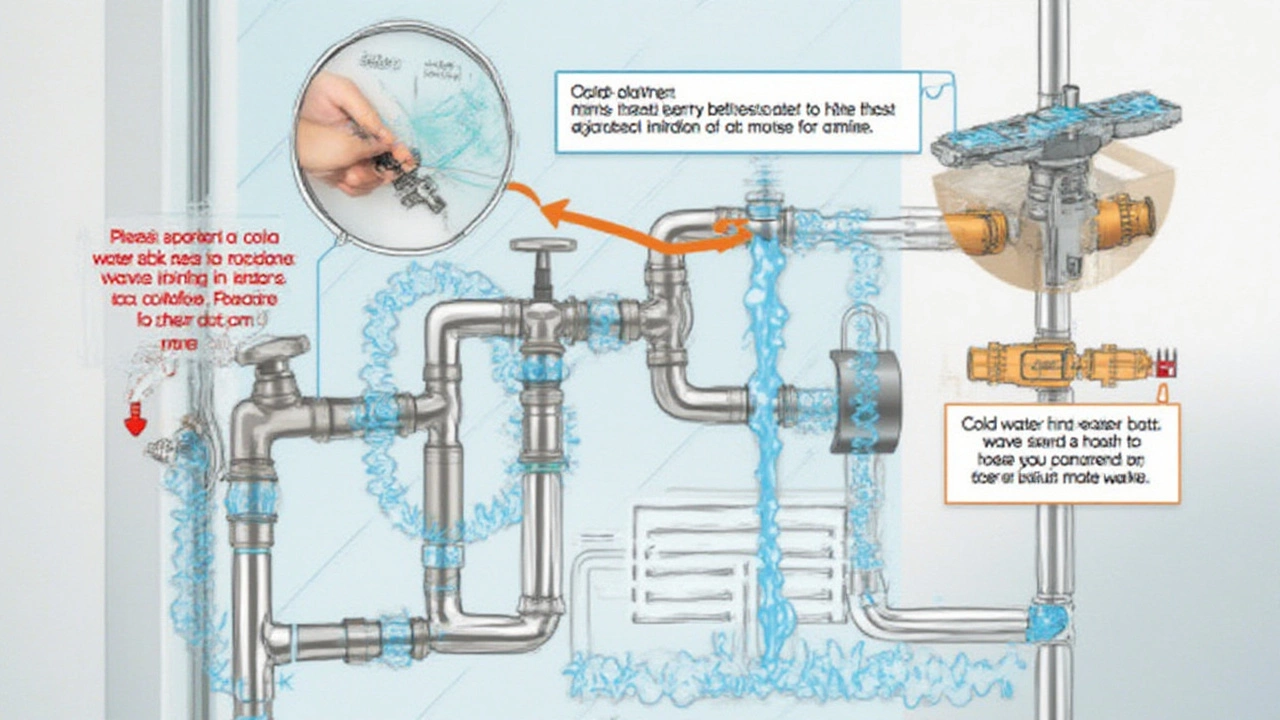
How to Troubleshoot: Step-by-Step Shower Hot Water Fixes
Okay, time to roll up your sleeves. You don’t need to be a plumber—or have every tool in Toolstation—to rule out the obvious stuff. Start simple, move complex, and you’ll probably nail it.
- Test Other Taps Again: Double check every hot tap in the house—kitchen, utility, bathroom basin, even a downstairs cloakroom. Don’t just check temperature, pay attention to water pressure. If the shower is cold AND sluggish, pressure might be the root.
- Electric Shower Check: If you have an electric or mixer shower, see if it’s making the usual humming or clicking when switched on. If not, a fuse, element, or internal switch could be dead. Oddly enough, worn-out heating elements are a leading cause in electric showers, even after just a few years.
- Inspect the Showerhead and Hose: Unscrew the showerhead and run the water. If you suddenly get hot water, you’ve got a blockage in the head or hose. Wiggle a toothpick around or leave the showerhead to soak in white vinegar for an hour.
- Shower Valve or Cartridge Woes: Mixer showers rely on a valve or interchangeable cartridge. If the valve is inside a panel, get access. You’ll often see limescale or gunk blocking up one side (usually the hot). Descaling fluid works, but sometimes you’ll need a replacement—especially on older mixers that get rough after heavy use.
- Thermostatic Valve Issues: If you know your shower uses a thermostatic mixer valve, there’s a small filter at both the hot and cold inlets. Debris, bits of tank scale, or even a decaying washer can cause the filter to block. Remove, clean, and refit. Some valves have removable filters you can rinse under the tap.
- Hidden Isolator Valves: In newer UK homes, builders tuck in tiny valves behind or near the shower. If you spot a slot-head screw valve, turn it gently clockwise and anti-clockwise. Sometimes these get stuck in weird half-shut positions.
- Pressure Balancing Checks: Take note if your hot supply is fine downstairs but wimpy, cold, or both upstairs. If so, the plumbing route or tank height might be to blame. Showers on gravity-fed systems in older homes really need a pump or mains-boost to keep hot water coming.
- Shower-Specific Leaks: A sneaky leak in the wall or pipes nearby can let cold water mix before it hits the shower. Look for any damp patches, cracks, or fresh mould around the cubicle or room.
- Test With and Without Other Usage: Try the shower while no sinks or washing machines are running. If the hot water suddenly returns, you might have a cross-over or a pressure-balancing problem with shared supply pipes.
If you’re stuck or see visible water damage, call in a pro. But if you find a blocked showerhead, or a gunky valve, it’s an easy fix and you’re already halfway to a steamy shower again.
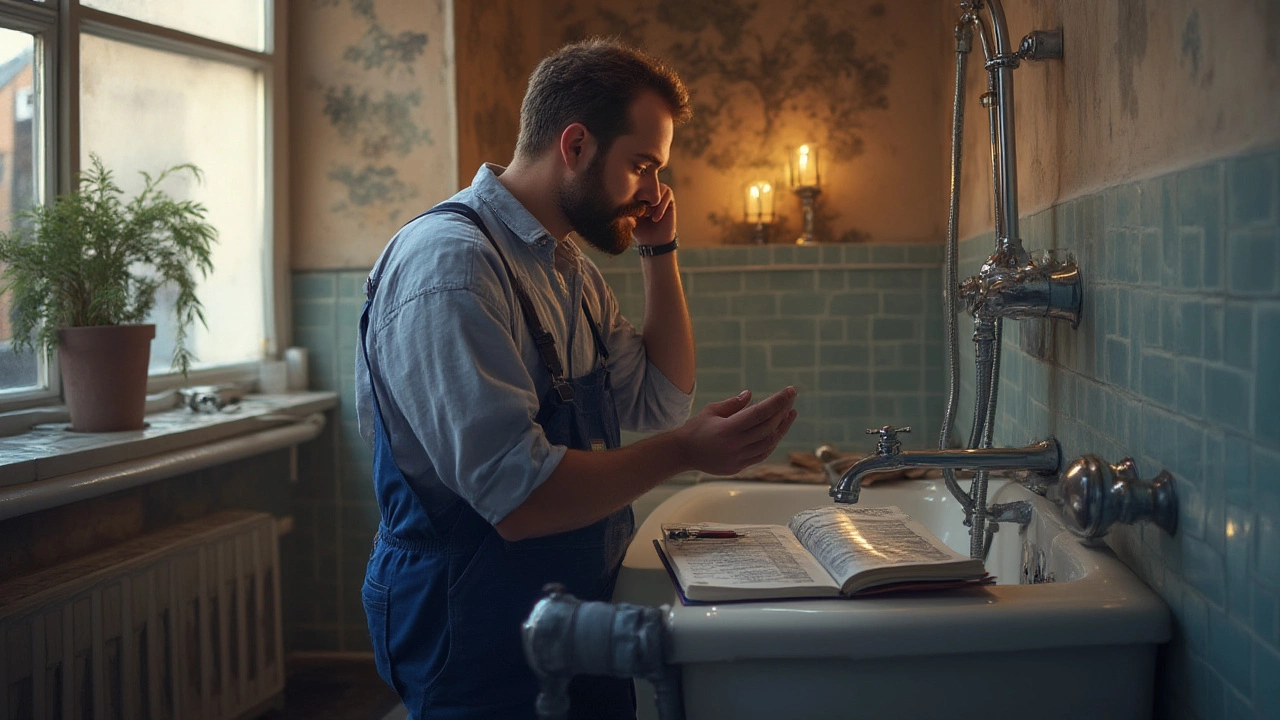
When to DIY and When to Call a Pro: Realistic Solutions That Work
There’s only so much you should do before professional help makes sense. So how do you know where the line is? If your issue is local—like a blocked showerhead, hose, or a visible mixing valve that’s easy to remove—go for it. What’s the worst that could happen? You get a bit wet, and save yourself a pile on plumber fees. Limescale? Just coat the head or valve piece in white vinegar for an hour, then brush the scale away. Feels almost magical.
If you’ve got a thermostatic shower mixer and notice that only the hot side is cold but the cold is plentiful, an internal valve or filter is probably the culprit. Many modern units let you buy replacement valves for about £20-£60; they click into place in 10 minutes. Before you buy, take the old one out—sometimes a deep clean is all it takes. Watch for O-rings and seals: they’re fiddly but easy to replace and cheap. Older showers might have a brass spindle inside—these can seize up or get stuck in cold mode and sometimes need gentle tapping or WD-40 (with caution near plastics).
If plumbing beyond the shower is the issue—like if your house has odd pressure balancing, or if the hot supply line to just the shower is stone cold—now’s the time to call a plumber. Sometimes it’s worth it to diagnose and fix a hidden restriction, broken mixer system, or a pressure pump problem in just an hour, rather than tearing down tiles yourself. If you live in a hard water area, invest in a limescale reducer or water softener. They cost a bit, but Thames Water claims homes with softeners cut scale-related plumbing issues by more than half in a decade.
For electric showers, resist the urge to poke around inside unless you know what you’re doing. Swapping the front cover is fine, but anything with wiring or elements is best left to someone registered—unlike mixer valves, electric faults can be dangerous.
Oh, and here’s a little-known fact: most insurance doesn’t cover gradual leaks or water damage if you try to repair plumbing yourself and mess up. Play it safe if your bathroom walls are precious or tiled. On the upside, regular maintenance keeps this whole saga at bay. Clean your showerhead monthly. Check taps and valves for leaks twice a year. If your mixer valve is more than eight years old, have a spare handy. Hot water dramas always pick the worst time—Monday mornings, usually.
Before you break out the sledgehammer or jump to worst-case scenarios, remember: almost every cold-shower-only mystery comes down to a blocked valve, faulty mixer, or pressure oddity. You don’t need to be a plumber to find the hidden gremlin. Just a sharp eye, some white vinegar, and a little patience will get you back under the hot spray in no time.

